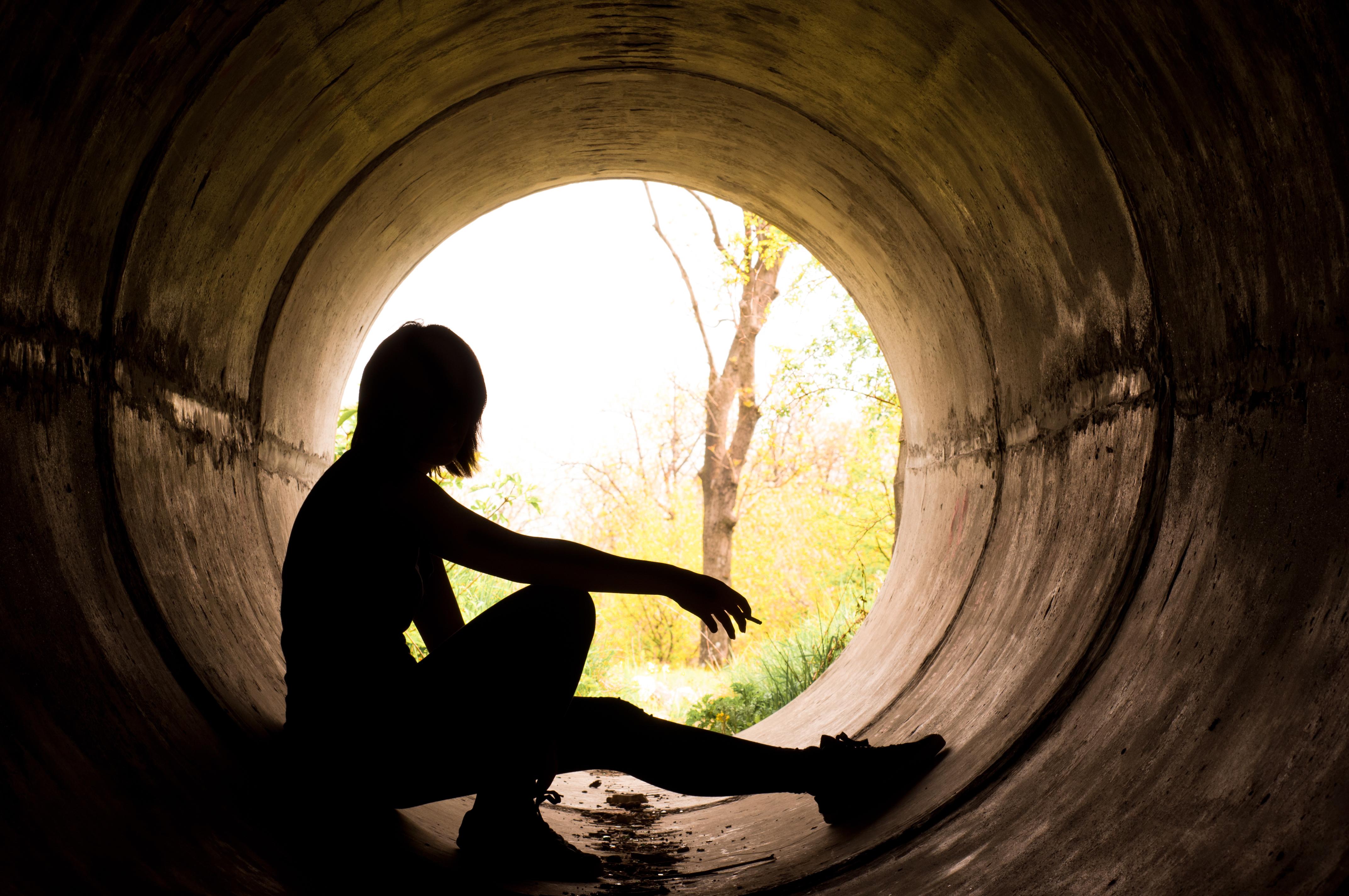
Youths experiencing homelessness (YEH) become pregnant at five times the general population rate, according to a recently published review led by Dr. Elizabeth Aparicio, assistant professor of behavioral and community health.
Nearly half (44%) of young homeless women ages 18 to 25 are either pregnant or parenting, the review reported.
The subgroup also faces daily stressors, including food insecurity and lack of shelter. Another reality is being at risk for sexual assault, often experiencing sexual exploitation and being forced to engage in survival sex, exchanging sex for necessities like shelter and food.
Additionally, their sexual and reproductive health needs aren’t being met by medical, educational and social services, the review argues. However, social workers and allied colleagues are “well-positioned to address such needs across sectors.”
The review, “Birth Control Access and Selection among Youths Experiencing Homelessness in the United States,” provides a scope of literature resources intending to improve sexual and reproductive health equity for the YEH subgroup.
To compile the literary content, the research team filtered through three online databases using keywords like “YEH,” “homeless teenagers,” “street youth” and “birth control.” The team retrieved 203 articles, and 23 of them met inclusion criteria.
“To conduct a focused study, researchers have typically honed in on a single level impacting how youth access and select birth control,” Aparicio said.
The researchers organized the results into one of three categories of the socioecological model: “intrapersonal, interpersonal or structural” factors.
Intrapersonal factors involve youths' attitudes, intentions and behaviors. Interpersonal factors include relationships with peers or partners, and structural factors encompass medical care availability and cost of birth control, she explained.
Critical findings from the online research emerged, including roadblocks and facilitators to condom use, youths experiencing homelessness's impact of hormonal birth control side effects and the effects of “economic insecurity” that promote exposure to violence, survival sex and sexual exploitation.
“Our research team functions from a reproductive justice approach, meaning that we want to uplift strategies that recognize youth experiencing homelessness as having the inherent right to decisions about their bodies - if and when and how to use birth control while planning their families or for other health needs,” Aparicio said.
“We hope these findings are useful to guide programs and policies that center youths' rights and ensure that youth can carry through decisions they are making about birth control access and selection,” she added.
The review, published in Health & Social Work Journal, was written by Aparicio, along with University of Maryland School of Public Health Behavioral Community and Health graduates Jamie Fleishman, a research associate for Kaufmann and Associates and Dr. Olivia Kachingwe, a postdoctoral fellow at Johns Hopkins University Bloomberg School of Public Health, and Public Health Science Program graduate Julia Novick, a law student at Boston University.
Related Links